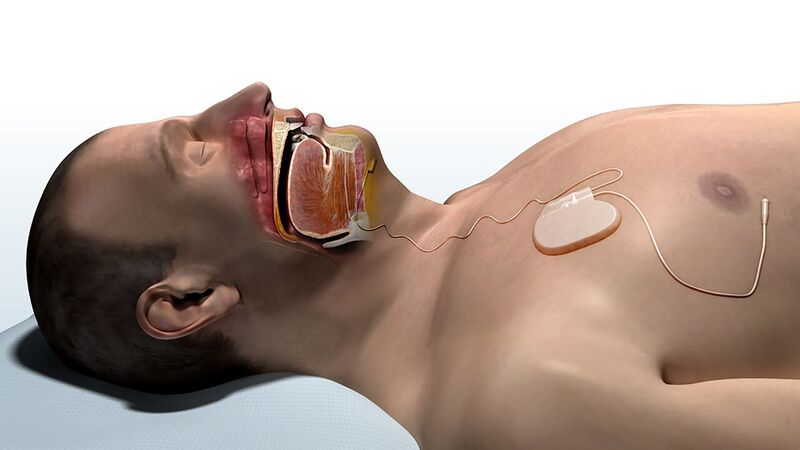Neurological Institute Outcomes
Sleep Disorders
Hypoglossal Nerve Stimulation and Patient-Reported Outcomes
2020 – 2021
Hypoglossal Nerve Stimulation and Patient-Reported Outcomes
2022 - 2023
ESS = Epworth Sleepiness Scale, HNS = Hypoglossal Nerve Stimulation, PHQ-9 = Patient Health Questionnaire, PROMIS = Patient-Reported Outcomes Measurement Information System
34 OSA patients treated with HNS had at least 2 visits from 2022–2023 with ESS data available for analysis. Among those patients whose baseline ESS score ≥ 10 (N = 13), 53.8% (N = 7) improved, 23.1% (N = 3) remained stable, and 23.1% (N = 3) worsened. Median duration of follow-up was 216 days (range, 57-581 days). Clinically meaningful change was defined as a total score change of 3, based on one-half the standard deviation.¹
38 OSA patients treated with HNS had at least 2 visits from 2022–2023 with PHQ-9 data available for analysis. Among those patients whose baseline PHQ-9 score ≥ 10 (N = 7), 57.1% (N = 4) improved, 28.6% (N = 2) remained stable, and 14.3% (N = 1) worsened. Median duration of follow-up was 326 days (range, 57-542 days). Clinically meaningful change was defined as a total score change of 5.²
41 OSA patients treated with HNS had at least 2 visits from 2022–2023 with PROMIS Mental Health data available for analysis. Among those patients whose baseline PROMIS Mental Health score ≤ 45 (N = 8), 50% (N = 4) improved, 50% (N = 4) remained stable, and 0% (N = 0) worsened. Median duration of follow-up was 416 days (range, 76-543 days). Clinically meaningful change was defined as a 5-unit change in T-score, based on one-half the standard deviation.¹
40 OSA patients treated with HNS had at least 2 visits from 2022–2023 with PROMIS Physical Health data available for analysis. Among those patients whose baseline PROMIS Physical Health score ≤ 45 (N = 15), 26.7% (N = 4) improved, 53.3% (N = 8) remained stable, and 20% (N = 3) worsened. Median duration of follow-up was 520 days (range, 76-657 days). Clinically meaningful change was defined as a 5-unit change in T-score, based on one-half the standard deviation.¹
38 OSA patients treated with HNS had at least 2 visits from 2022–2023 with PROMIS Sleep Disturbance data available for analysis. Among those patients whose baseline PROMIS Sleep Disturbance score ≥ 55 (N = 19), 47.4% (N = 9) improved, 52.6% (N = 10) remained stable, and 0% (N = 0) worsened. Median duration of follow-up was 290 days (range, 57-584 days). Clinically meaningful change was defined as a 5-unit change in T-score, based on one-half the standard deviation.¹
27 OSA patients treated with HNS had at least 2 visits from 2022–2023 with Sleep Time data available for analysis. Among those patients whose baseline Sleep Time ≤ 24 hours (N = 27), 25.9% (N = 7) improved, 63% (N = 17) remained stable, and 11.1% (N = 3) worsened. Median duration of follow-up was 258 days (range, 77-615 days). Clinically meaningful change was defined as a 1-hour change, based on one-half the standard deviation.¹

